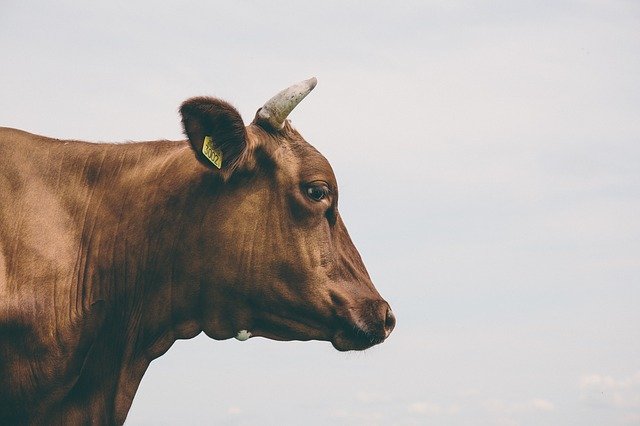Gene editing of agricultural animals could help us solve climate change, hunger, and disease pandemics. (No big deal, right?) But to get there, we need “a remodeling of the federal regulatory landscape,” says a new report by the American Association of Veterinary Medical Colleges (AAVMC) and the Association of Public and Land-grant Universities (APLU).
Animals modified or developed through genetic engineering are regulated as “new animal drugs,” overseen by the U.S. Food and Drug Administration (FDA).
This framework “is based on processes established for transgenic technologies which do not align well with the state-of-the-art gene editing technologies,” says the AAVMC/APLU Gene Editing in Agriculture Task Force Report. “In addition, the processes are viewed by many developers of genetic engineering applications in livestock as ambiguous, glacial in pace, and cost-prohibitive.”
BIO has long expressed concern over this approach, which deters R&D and stigmatizes these animals and their progeny, reducing the likelihood such animals will be grown by producers or accepted by consumers, as we explained in recent comments to USDA.
“Thus, a remodeling of the federal regulatory landscape is needed for the U.S. to sustain its place as a global leader and innovator in the animal agriculture sector and keep pace with the exponentially expanding global human population,” the AAVMC/APLU report continues. “A coordinated assessment and approval process between the USDA and FDA is essential to establish a framework that is streamlined, cost-effective, and ensures safe food, with the decision-making process anchored on logic and fact.”
The report suggests four things that need to occur:
- “Update the existing FDA regulatory framework…and develop a coordinated, streamlined, fact-based, and cost-effective assessment and approval process between the USDA and FDA to ensure safe food.”
- “Develop an evidence and logic-based decision-making protocol for gene editing applications,” regulated separately from GMOs.
- “Develop streamlined assessment and approval processes” to categorize GE applications by type of change, method, impact on the animal, and potential for negative impact on the environment.
- “Develop a regulatory channel for approval of gene-edited agricultural animals with genomic structures that could have arisen in nature as safe for human consumption.”
What’s next? As we reported, the Trump administration proposed transferring parts of FDA’s oversight to USDA. The Biden administration reopened the comment period, and BIO submitted comments in February.
The AAVMC/APLU Gene Editing in Agriculture Task Force Report was based on 18 months of research by experts including Dr. Clint Nesbitt, BIO’s Senior Director of Science and Regulatory Affairs for Food & Agriculture.



